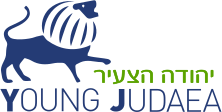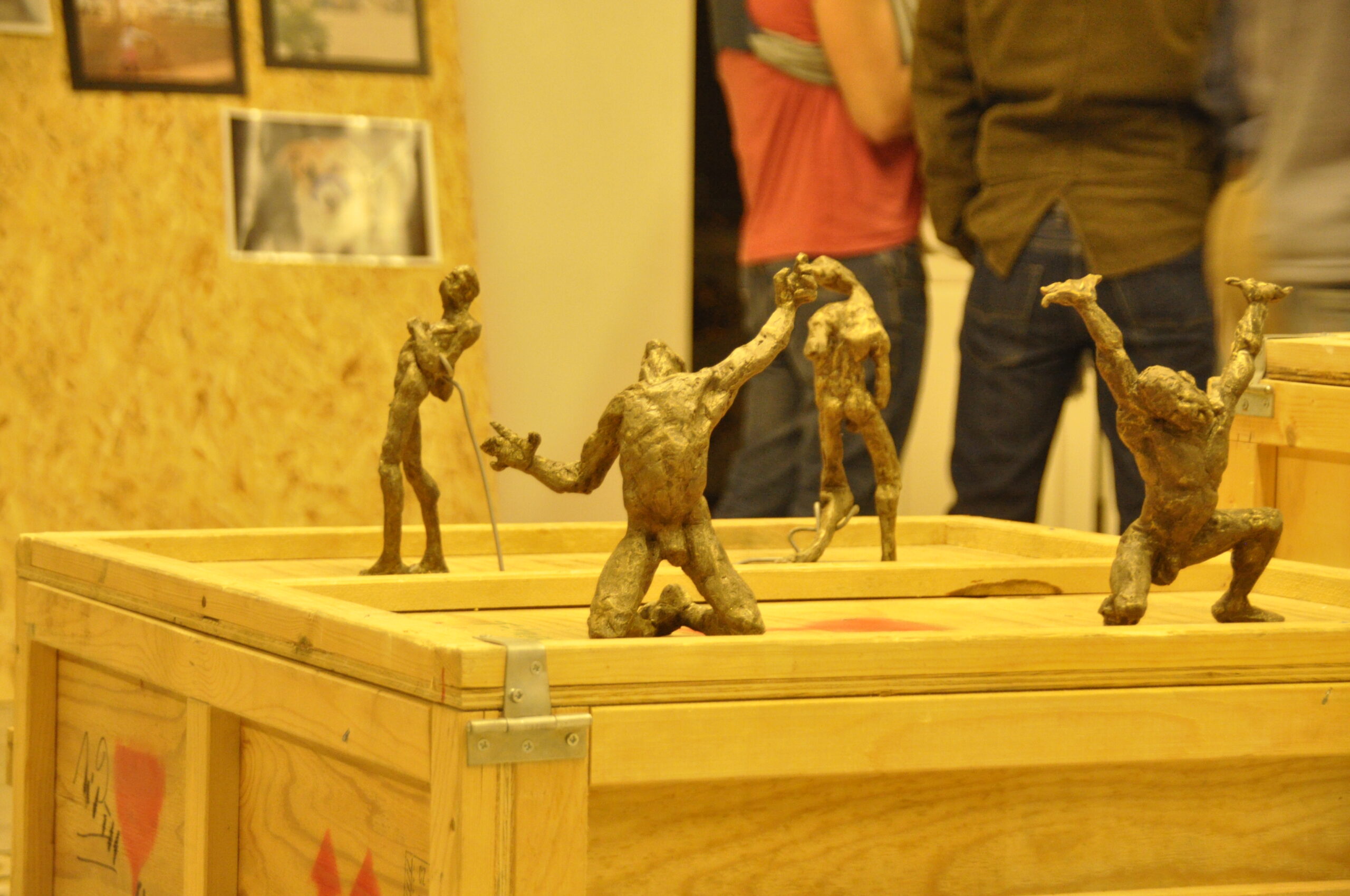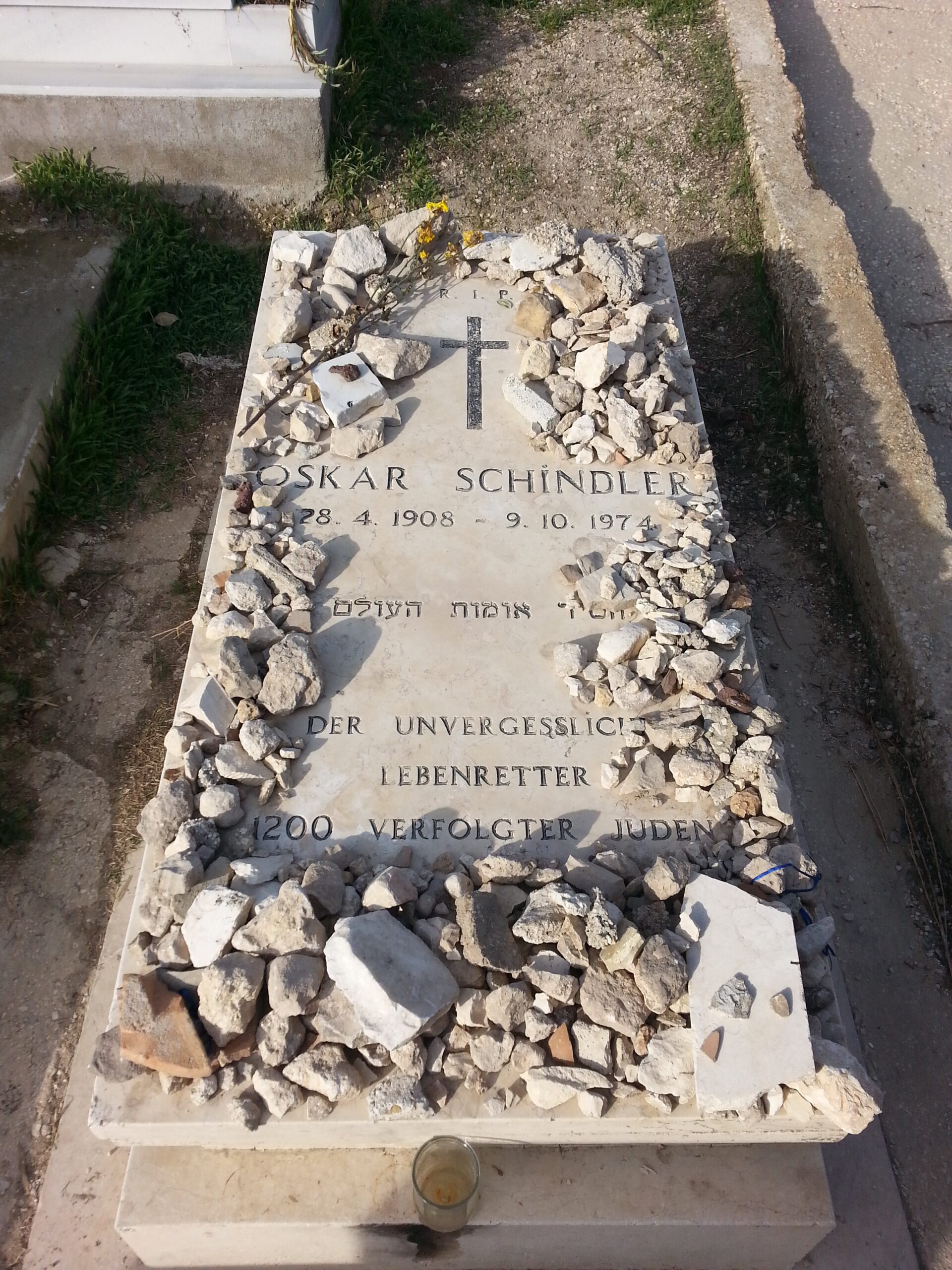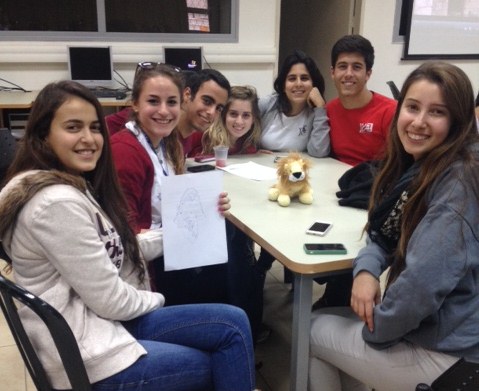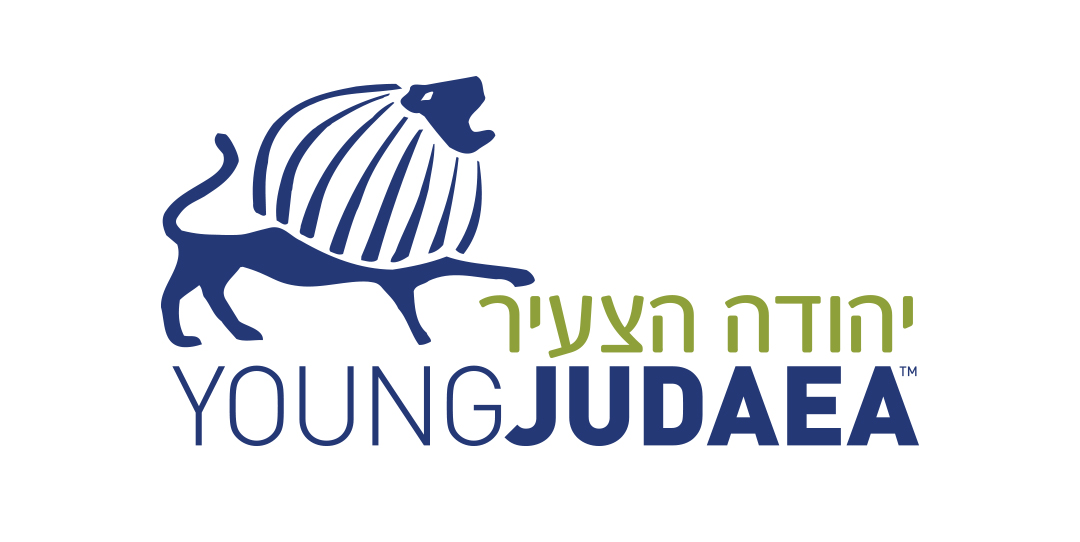
Teaching Tel Aviv: an Article by Benji Lovitt
Young Judaea and Year Course alumnus Benji Lovitt made Aliyah in 2006 and has been working both as a comedian/writer and as a Jewish educator. Beni has had a continued connection with Young Judaea since his childhood in many capacities. His latest article – of a more serious bent than his usual work highlights the need to teach about Tel Aviv as a relevant centre of modern Zionist and Jewish culture.
Here is a link to the full article
http://ejewishphilanthropy.com/israel-programs-the-case-for-tel-avi
Below are some blurbs from the piece:
“From synagogue and organization missions to Masa programs, and from high school trips to Birthright, we do a horrendous job of exposing Diaspora Jews to Tel Aviv and everything it stands for: modern Israel, the “start-up nation”, religious pluralism, and Jewish peoplehood.”
“when I came on a Federation mission and extended my stay, did I finally discover this “secret community”, still mostly unknown to English-speakers in 2003. In just a few days, I managed to lie on the beach, go dancing till 5 AM, walk around staring at Israelis with my tongue hanging out of my mouth, and ask, “HOW AM I ONLY DISCOVERING THIS NOW?????” This wasn’t about bars and sand. This was about connecting to modern Israel and my Israeli peers in a way that I had not done before.”
“Does Masada make a bigger impact on Jewish identity than time in Tel Aviv? I would argue that it does not. Is Masada more likely to make thousands of young Jews excited to possibly return to Israel for a long-term program, date other Jews, get an internship at an Israeli start-up, or discover a connection to Jewish peoplehood which they never had before? In my opinion? Absolutely not. Now repeat this exercise for many possible sites in place of “Masada”.”
“This is not a suggestion of “fun” over “education”. This is focusing on exploring membership as part of the Jewish nation, a nation and people that young Jews are often “reborn” to feel part of after meeting Israelis who are like them.
Lastly, this isn’t only about the “White City”. This is about evaluating Israel programs and figuring out not only what will turn on our participants to Israel and Jewish identity but also what will not. Israel has changed over 66 years. Our programs should reflect those changes.”
– See more at: http://ejewishphilanthropy.com/israel-programs-the-case-for-tel-aviv/#sthash.gxWFAs3O.dpuf
and of course a little clip of Benji’s comedy
